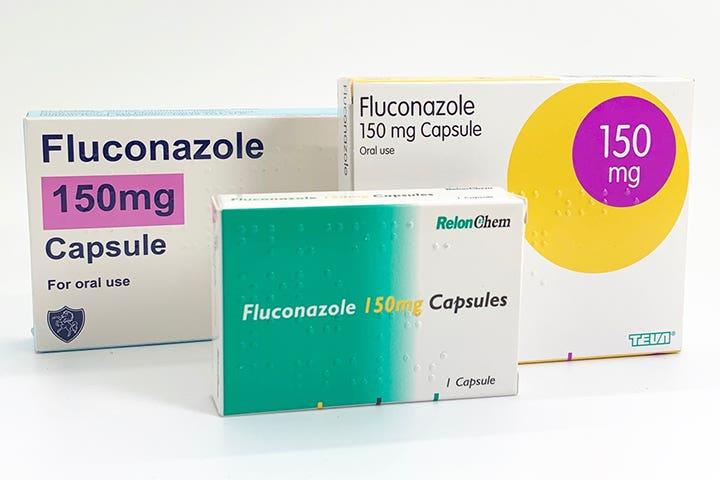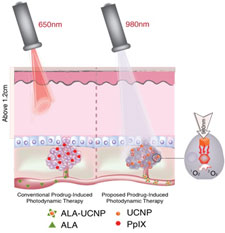Alternative to Fluconazole in Pregnancy
There are several alternatives to Fluconazole for use during pregnancy. A CMAJ article by Berard et al. recommends avoiding Fluconazole as much as possible. Instead, the authors recommend using alternative antifungal preparations. Listed below are some options to consider.
Treatment of non-albicans VVC with topical azole antifungals
Topical azole antifungals can be effective for the treatment of non-albicans VVC. Topical azole antifungals are fungistatic agents that inhibit the synthesis of ergosterol by Candida species. However, they are ineffective against NAC species. Topical azole antifungals should be used with caution and with care.
These antifungal drugs are sold over the counter and can be used orally or intravaginally. However, they can cause a variety of side effects, including headache, abdominal pain, and nausea. Also, excessive use of topical agents may cause oedema and irritation of the skin. Furthermore, the long-term use of these drugs can be expensive. In addition, 50% of women experience recurrence of their symptoms after completing treatment.
Treatment with topical azole antifunga
ls is effective in approximately 50% of women with non-albicans Candida VVC. It is important to note that there is still no standard treatment regimen for non-albicans VVC. A current recommendation for the treatment of non-albicans VVC is to use topical azole antifungals for seven to fourteen days. However, if the condition recurs, the doctor will likely refer the woman to a specialist for further management.
There is a high rate of non-albicans Candida colonization in women with HIV infection. Moreover, the severity of immunosuppression in these women is related to the frequency of symptomatic VVC. Systemic azole exposure is associated with the isolation of non-albicans Candida species in the vagina.
Treatment of vaginal thrush with topical azole antifungals
Although topical antifungals are safe to use during pregnancy, pregnant women should avoid them during the first trimester. While there is no known risk to the unborn child, it is important to consult a doctor before using them.
Topical azole antifungals can be used to treat a vaginal yeast infection. These drugs can be purchased commercially and do not require a prescription. For best results, use topical azole antifungals for at least seven days. Shorter treatment periods can result in treatment failure. Other treatment options include topical nystatin or oral fluconazole. Topical corticosteroids are also safe for use during pregnancy.
Pregnancy increases progesterone and estrogen levels, both of which suppress neutrophils that are needed to fight Candida. These hormones also interfere with the vaginal epithelial cells’ ability to fight pathogens. Pregnancy also decreases immunoglobulins in the vaginal secretions. Thus, treatment for vaginal candidiasis during pregnancy should focus on symptom relief and avoid invasive treatment.
A good gynecologist will be able to recommend safe treatment options. She will help women make an informed decision. Topical azole antifungals can be used for prevention as well as for the treatment of vaginal thrush during pregnancy.
There are a number of different reasons for vaginal candidiasis. Pregnancy, birth control pills, and the menstrual cycle can all disrupt the balance of hormones in the vagina. In addition, a weakened immune system and uncontrolled diabetes can affect the balance of bacteria in the pee. HIV/AIDS medications and radiation treatment are also known to suppress the immune system.
Treatment of non-albicans VVC with oral fluconazole
Treatment of non-albicans VVC during pregnancy can help improve outcomes for both pregnant women and babies. Fluconazole is an antifungal agent that inhibits ergosterol biosynthesis in Candida species. However, it is less effective against NAC species. In addition to fluconazole, other antifungal agents include voriconazole and nystatin.
Fluconazole is an antifungal drug that is relatively safe and inexpensive to use. It is usually administered orally and is widely available. However, it should not be used in women who have asymptomatic colonisation. Women with non-albicans VVC should be treated with a different antifungal agent.
The risk of vaginal candidiasis during pregnancy increases during the third trimester. There are several risk factors such as contraception, antibiotic use, hygiene, and general health. Although more research is required, recent studies have shown a relationship between vaginal candidiasis and suboptimal pregnancy outcomes such as low birth weight, spontaneous abortion, and stillbirth. These risks are further compounded by the normal changes in the genitourinary tract during pregnancy.
A recent study found that about 70 percent of women experience VVC at least once in their lifetime. The majority of cases are caused by C. albicans, and a single bout of VVC may be mild or acute. If a symptomatic infection is suspected, diagnosis should be based on clinical symptoms and microscopic analysis of the pseudohyphae. However, if the infection is complicated, a fungal culture should be obtained with species identification. Clinical diagnosis of a Candida infection is crucial for the appropriate treatment. Besides oral fluconazole, other treatment options include local imidazoles, such as ciclopirox olamine.







